7 Crash-Proof ETFs to Battle a Bear Market
Wall Street has started slipping into bear market fears thanks to a brutal, volatile October that has sapped away the year-to-date gains from the major indices.


Wall Street has started slipping into bear market fears thanks to a brutal, volatile October that has sapped away the year-to-date gains from the major indices. But investors starting to flee have the wrong idea. There are places to hide – including a handful of exchange-traded funds (ETFs).
The Nasdaq has slipped into a 10%-plus correction for the first time in two years. The S&P 500 and Dow are flirting with the same. Several bearish drivers are leading the charge, from tariffs weighing on American corporations to weak earnings from the tech sector to lousy housing-sector data. All this has some worried that the current trouble in the market isn’t just a short-term blip, but the start of a new bear market.
We don’t have a crystal ball, but we do have a suggestion: Don’t panic. Prepare.
There are numerous reasons to believe this pain will be short-lived, including still-strong economic growth, low unemployment and the continued benefit of tax breaks to American businesses. But enough bricks are coming loose that investors should be aware of their options in case the worst comes to pass. So today, we will highlight seven “crash-proof” ETFs to buy that are designed to at least minimize the damage in a bear market, and in some cases can even deliver a little upside.
Data is as of Oct. 25, 2018. Yields represent the trailing 12-month yield, which is a standard measure for equity funds.
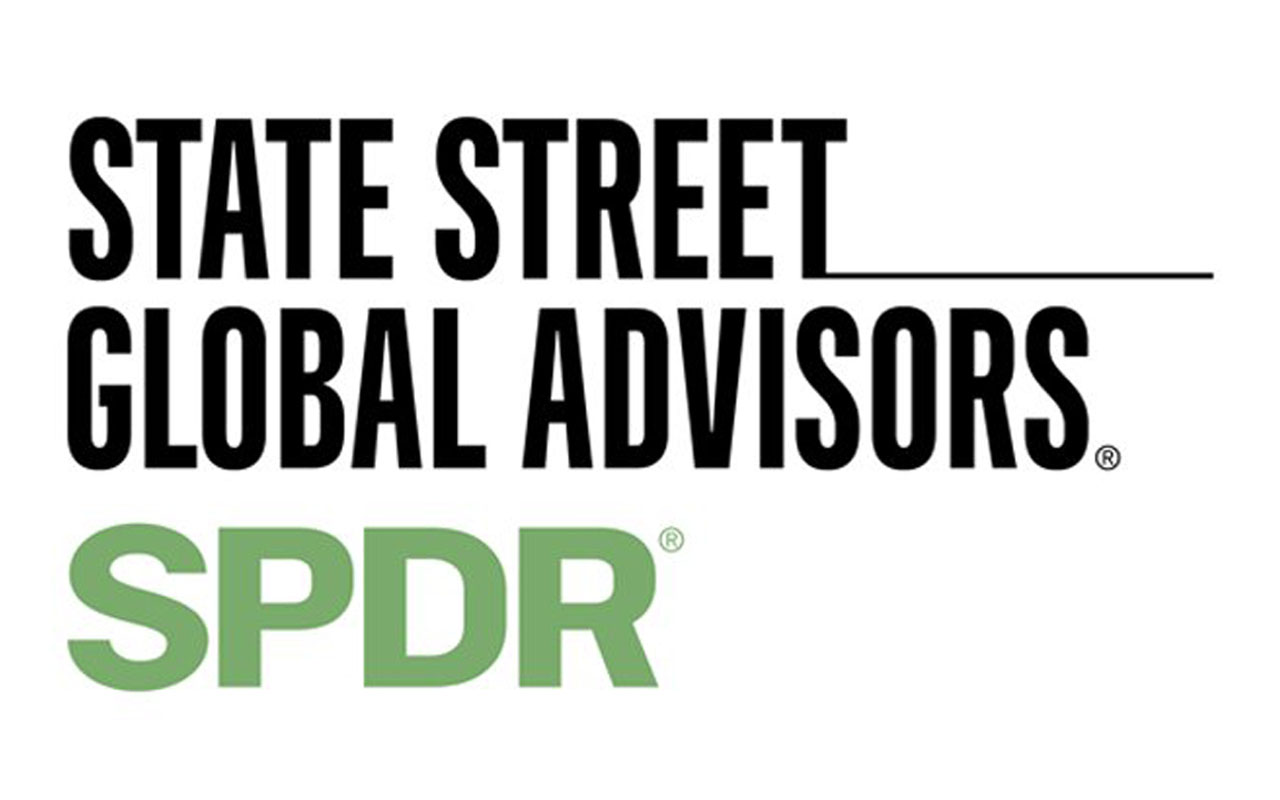
Utilities Select Sector SPDR Fund
- Market value: $7.7 billion
- Return since Oct. 1: +3.3% (vs. -7.0% for the S&P 500)
- Dividend yield: 3.4%
- Expenses: 0.13%, or $13 annually on a $10,000 investment
When the market is rough, and the economy is shaky, investors often dive into “safe haven” sectors where the dividends are high, and products and services are in demand. That’s why utility stocks are one of Wall Street’s favorite fallout shelters.
The Utilities Select Sector SPDR Fund (XLU, $54.37) is a collection of roughly 30 companies that deliver electricity, gas, water and other utility services that you and I more or less can’t live without, no matter what the economy is doing. Because of that, utility stocks boast some of the most reliable revenue streams on the market, which translate into predictable profits that help fuel typically outsize dividends.
There is little growth in utility stocks. These are highly regulated companies that can’t just jack their prices significantly higher overnight or add on millions of customers in a year. But they typically are allowed to raise their rates a little bit every year or couple of years, which helps to slowly grow the bottom line and add more ammo to their regular payouts. Thus, they tend to get left behind when investors are chasing growth, but they sure look great when uncertainty starts to creep in.
XLU is a concentrated portfolio that features heavily weighted top holdings such as NextEra Energy (NEE, 11.4%) and Duke Energy (DUK, 8.3%).

Consumer Staples Select Sector SPDR Fund
- Market value: $9.3 billion
- Return since Oct. 1: +1.8%
- Dividend yield: 2.8%
- Expenses: 0.13%
Consumer staples are the essentials that humans need day in and day out. During economic downturns, Americans can temporarily stop going out to restaurants or spending on gadgets, but they can’t abandon basics such as bread, milk, toilet paper and, for some, tobacco. This means fairly reliable revenues and consistent cash flows for consumer-staples companies that help fund decent dividends.
The Consumer Staples Select Sector SPDR Fund (XLP, 54.88) currently invests in 34 such stocks. And because XLP is a market-capitalization-weighted fund – where larger companies comprise more of the ETF’s assets under management – it’s top-heavy, with Procter & Gamble (PG, 13.2%), Coca-Cola (KO, 10.6%) and PepsiCo (PEP, 9.5%) combining to take up roughly a third of assets. XLP invests not just in producers, but retailers – mostly grocers such as Kroger (KR), and pharmacy chains such as Walgreens Boots Alliance (WBA) and CVS Health (CVS).
XLP also boasts a yield of 2.8% that’s far better than most of the other SPDR sector funds, reflecting the income-heavy nature of consumer staples.
This ETF illustrated its resilience during the bear market of 2007-09, when the XLP produced a total return of -28.5% – far better than the -55.2% from the S&P 500. In rough waters such as 2015, when the S&P 500 returned just 1.3% on a total basis, XLP delivered nearly 7% with dividends included. And in 2018, it has put up a positive return against a big dip for the index in October.
Not bad for toilet paper and toothpaste.
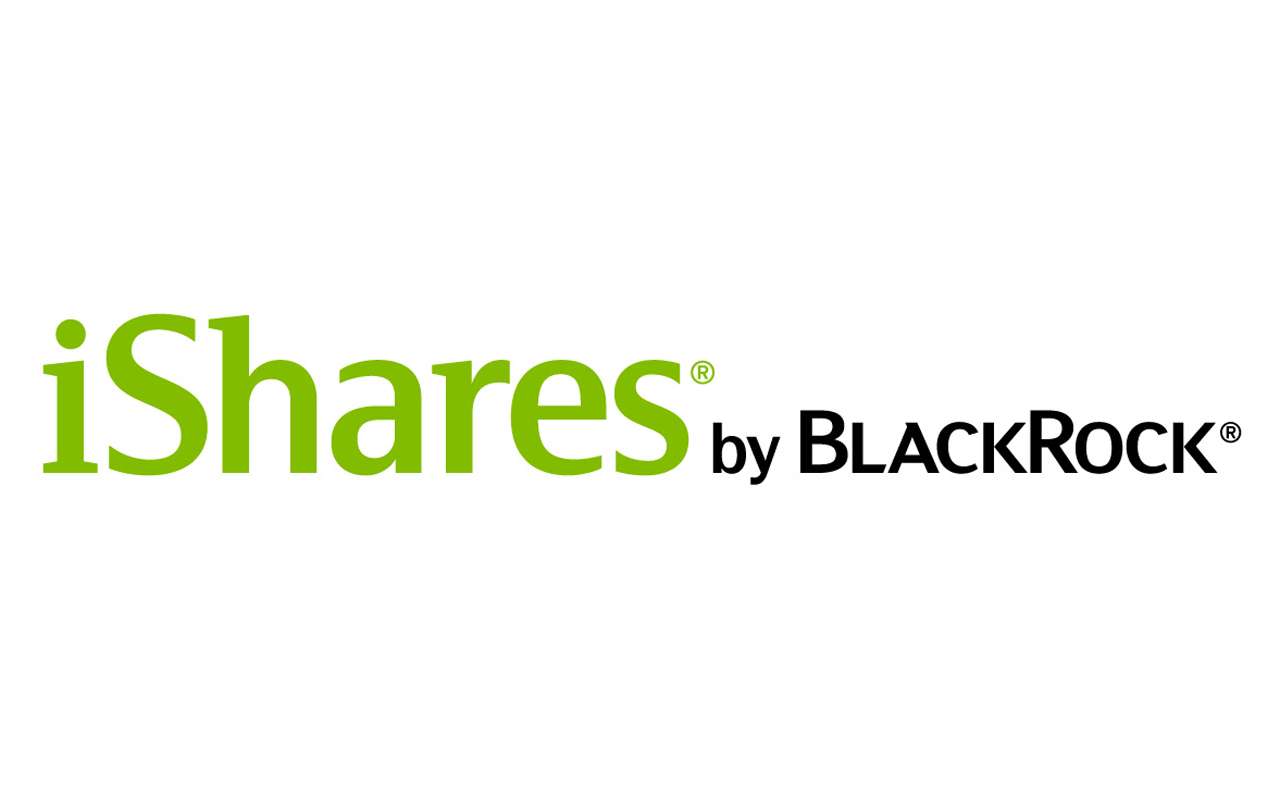
iShares Edge MSCI Min Vol USA ETF
- Market value: $16.6 billion
- Return since Oct. 1: -4.4%
- Dividend yield: 1.8%
- Expenses: 0.15%
Low-volatility funds are designed to keep investors exposed to stock-market upside while reducing risk. They may underperform during ranging bull markets, but they are built in such a way that they should outperform when the bears take control.
The iShares Edge MSCI Min Vol USA ETF (USMV, $54.53) is the largest such fund at well more than $16 billion in assets. Its strategy is simple: Hold stocks with “lower volatility characteristics relative to the broader U.S. equity market.” How it picks those is a little more complex. USMV looks at the top 85% (by market cap) of U.S. stocks that have lower volatility compared to the rest of the market. It then uses a multi-factor risk model to weight the stocks, then the portfolio is refined further by an “optimization tool” that looks at the projected riskiness of securities within the index.
The result here is a portfolio surprisingly heavy in information technology stocks (19.9%), with more predictable heavy holdings in health care (15.4%) and consumer staples (11.6%). But two of the top "tech" companies are payment processors Visa (V) and MasterCard (MA), whose performance also is more aligned with the financial sector, and other top holdings include traditional blue-chip names such as Pfizer (PFE), McDonald’s (MCD) and Johnson & Johnson (JNJ).
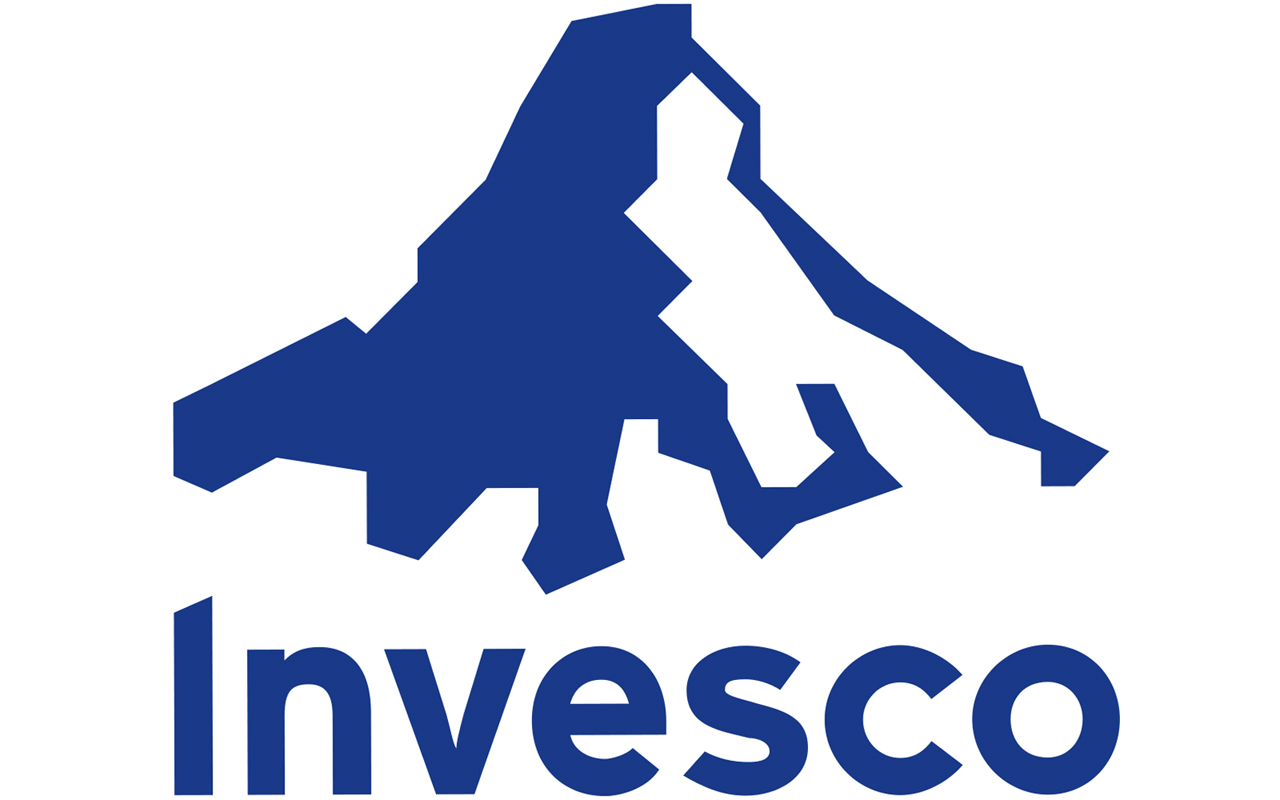
Invesco S&P 500 High Dividend Low Volatility Portfolio
- Market value: $2.6 billion
- Return since Oct. 1: -2.6%
- Dividend yield: 3.9%
- Expenses: 0.3%
You might assume a low-volatility strategy would include a bundle of blue chips with big dividends. In reality, that’s not always the case. In fact, low-vol ETFs can be downright chintzy, with most sporting yields around 2.5% or less. That’s why the Invesco S&P 500 High Dividend Low Volatility Portfolio (SPHD, $40.18) and its 3.7% yield stick out in this category.
SPHD develops its portfolio by identifying the 75 highest-yielding securities in the S&P 500 over the past 12 months, with a cap of 10 stocks from any one sector. From there, it picks the 50 stocks that have exhibited the lowest volatility from the past 12 months. Holdings are then weighted by dividend yield.
At the moment, the portfolio is dominated by utilities (20.3%), real estate (18.0%) and consumer staples (16.5%) – all fertile grounds for high dividends. However, single-stock risk is minimal, with top holding PPL Corp. (PPL) accounting for a mere 3.0% of SPHD’s assets. That means a single company’s implosion won’t send the ETF collapsing with it.
SPHD is a relatively young fund that came to life in October 2012, so it hasn’t tested its mettle against the likes of the 2007-09 bear market. But it had an encouraging 2015 in which it beat the S&P 500 by nearly 4 percentage points, and boasts roughly the same advantage over the trailing three-year period. That provides confidence that SPHD should show some grit in any muddy waters that lie ahead.

iShares 1-3 Year Treasury Bond ETF
- Market value: $14.3 billion
- Return since Oct. 1: Flat
- Dividend yield: 1.5%
- Expenses: 0.15%
The iShares 1-3 Year Treasury Bond ETF (SHY, $83.08) isn’t an exciting fund. It’s a simple index ETF that invests in a basket of 69 short-term U.S. Treasuries with an average effective maturity (the amount of time until a bond’s principal is paid in full) of just less than two years. It’s an incredibly safe fund given the security of Treasuries – two of the three major credit providers give American debt the highest possible rating – and the short maturity, which tamps down on the risk of interest rates rising quickly and making the fund’s current holdings less attractive.
The downside? The U.S. doesn’t have to offer much yield on these bonds to generate interest, and as such, the SHY only yields 1.5%. Moreover, the prices of these bonds barely budge. In the past five years, the SHY has traded in a tight range of less than 3% from peak to trough. So in good times, the S&P 500 crushes short-term bonds. The stock index has an average annual total return of 11.3% over the past five years, versus a mere 0.5% a year for the SHY.
But that same lack of movement starts to look awfully attractive when you’re staring a bear market in the face.
Investors tend to put money into short-term bond funds like SHY when they’re either unsure about the market or sure that stocks are about to tank. Yes, they could go completely to cash, but with SHY, they can at least put their money to work making a tiny bit of interest. To see how effective SHY can be, look no further than the 2007-09 bear market, during which the SHY doled out a total return of positive 11%.
* The yield for this ETF represents the so-called SEC Yield, which reflects the interest earned for the most recent 30-day period after deducting fund expenses. SEC Yield is a standard measure for bond funds.

SPDR Gold MiniShares
- Market value: $265.7 million
- Return since Oct. 1: +3.2%
- Dividend yield: N/A
- Expenses: 0.18%
Gold is another popular flight-to-safety play, mostly based on worst-case-scenario fears. The broad idea is that if global economic structures come crashing down and paper money eventually means nothing, humans still will assign some worth to the shiny yellow element that once acted as a currency … even if it doesn’t have as much practical use as other metals and goods.
How true that is has yet to be determined. Plus, several studies have shown that gold, which doesn’t generate earnings or distribute cash to shareholders, can’t hold a candle to stocks and bonds as a long-term investment. Investors also need to know that gold can be influenced by other factors, such as jewelry demand and the strength of the U.S. dollar, which gold and other commodities are priced in.
Nonetheless, investors have flocked to gold in previous periods of stock-market turbulence – most notably in the wakes of the turn-of-the-century dot-com crash and the 2007-09 crash – and may provide similar protection in another ugly downturn.
ETFs such as the SPDR Gold MiniShares (GLDM, $12.29) provide exposure to gold without the hassles of owning the physical metal – namely, taking delivery, storing it, insuring it and unloading it on someone else when you’re done with it. If the fund sounds a little familiar, it should. It’s the little brother of the largest gold ETF, the SPDR Gold Shares (GLD), which boasts nearly $30 billion in assets under management. Why the difference in assets? GLD, with fees of 0.4%, has been around since 2004. The much cheaper GLDM was brought about to help fend off competition from cheaper competitors such as the iShares Gold Trust (IAU) and its 0.25% expense ratio. GLD remains the most popular gold fund, however, because its liquidity and unit worth per ounce of gold are more appealing to institutional traders.
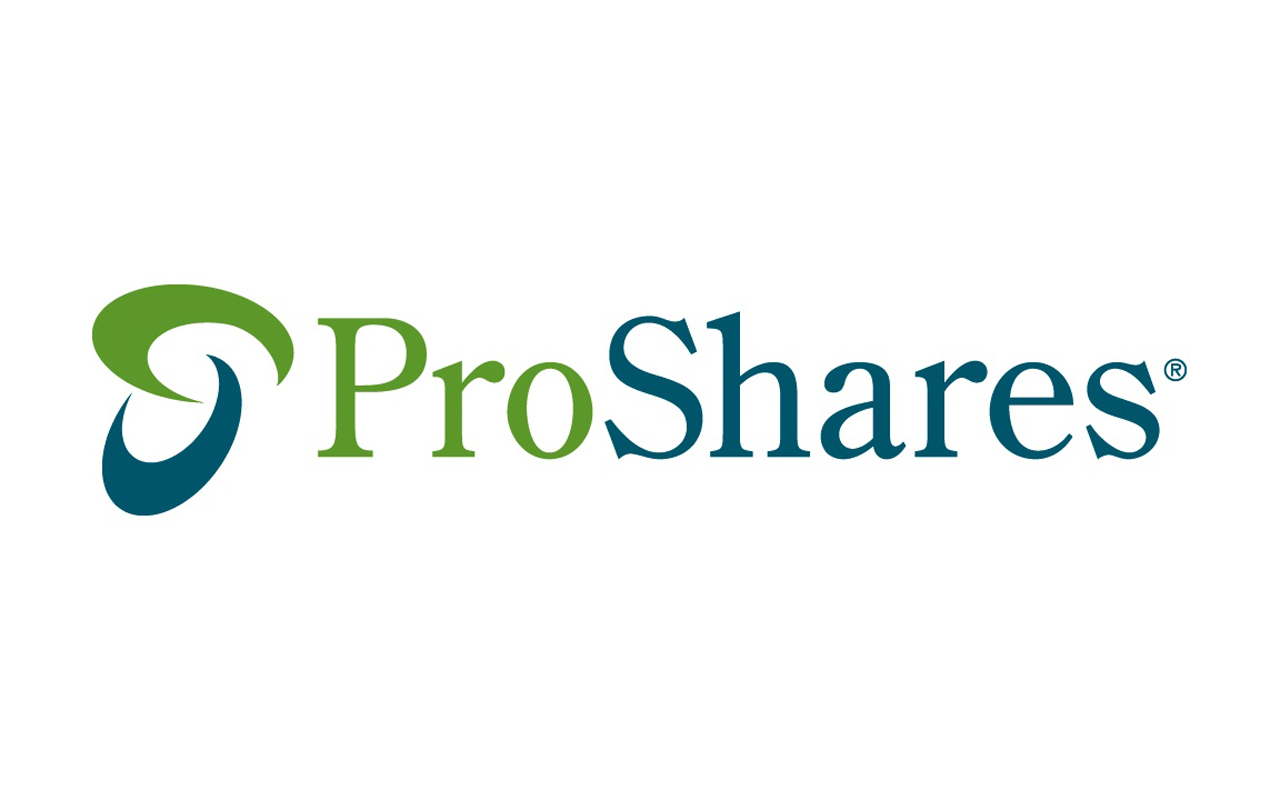
ProShares Short S&P 500 ETF
- Market value: $1.5 billion
- Return since Oct. 1: +7.4%
- Dividend yield: N/A
- Expenses: 0.89%
The ProShares Short S&P500 ETF (SH, $29.35) is perhaps the ultimate crash-proof ETF in the sense that it’s quite literally designed to profit from a market crash. However, buy-and-hold investors should tread carefully.
The SH uses a complex system of swaps and other derivatives (financial instruments that reflect the value of underlying assets) to produce a very simple result: the inverse return of the S&P 500 index. In short, if the S&P 500 loses 1%, the SH should gain 1%, before fees and expenses. And if you look at any chart showing both this ProShares ETF and the S&P 500, you’ll see that the two are virtually mirror images of one another.
You could empty all your long positions in anticipation of a market crash that may or may not come, but doing so racks up trading fees and could wipe out favorable dividend yields in positions you established at much cheaper prices. Besides, we don’t recommend wholesale timing of the market. Instead, you can buy the SH as a small hedge against your long positions, so if they do fall off, at least something is buoying your portfolio by moving higher.
A final word of caution: The market is filled with so-called “leveraged” inverse ETFs with the potential for double or triple the gains. But that also means double or triple the losses, making them far more suitable for day traders than buy-and-holders. Avoid them. A small hedging position in SH, however, won’t break the bank in an up market, while still providing much-needed respite in a downturn.
Profit and prosper with the best of Kiplinger's advice on investing, taxes, retirement, personal finance and much more. Delivered daily. Enter your email in the box and click Sign Me Up.
Kyle Woodley is the Editor-in-Chief of WealthUp, a site dedicated to improving the personal finances and financial literacy of people of all ages. He also writes the weekly The Weekend Tea newsletter, which covers both news and analysis about spending, saving, investing, the economy and more.
Kyle was previously the Senior Investing Editor for Kiplinger.com, and the Managing Editor for InvestorPlace.com before that. His work has appeared in several outlets, including Yahoo! Finance, MSN Money, Barchart, The Globe & Mail and the Nasdaq. He also has appeared as a guest on Fox Business Network and Money Radio, among other shows and podcasts, and he has been quoted in several outlets, including MarketWatch, Vice and Univision. He is a proud graduate of The Ohio State University, where he earned a BA in journalism.
You can check out his thoughts on the markets (and more) at @KyleWoodley.
-
 My Retirement Learning Curve, 1 Year In
My Retirement Learning Curve, 1 Year InA retiree checks in with what they wish they knew early on and what they've changed about their plan one year in.
-
 Introducing Your CD's Edgier Cousin: The Market-Linked CD
Introducing Your CD's Edgier Cousin: The Market-Linked CDTraditional CDs are a safe option for savers, but they don't always beat inflation. Should you try their counterparts, market-linked CDs, for better returns?
-
 'Humbug!' Say Consumers, Despite Hot GDP: Stock Market Today
'Humbug!' Say Consumers, Despite Hot GDP: Stock Market Today"The stock market is not the economy," they say, but both things are up. Yet one survey says people are still feeling down in the middle of this complex season.
-
 'Humbug!' Say Consumers, Despite Hot GDP: Stock Market Today
'Humbug!' Say Consumers, Despite Hot GDP: Stock Market Today"The stock market is not the economy," they say, but both things are up. Yet one survey says people are still feeling down in the middle of this complex season.
-
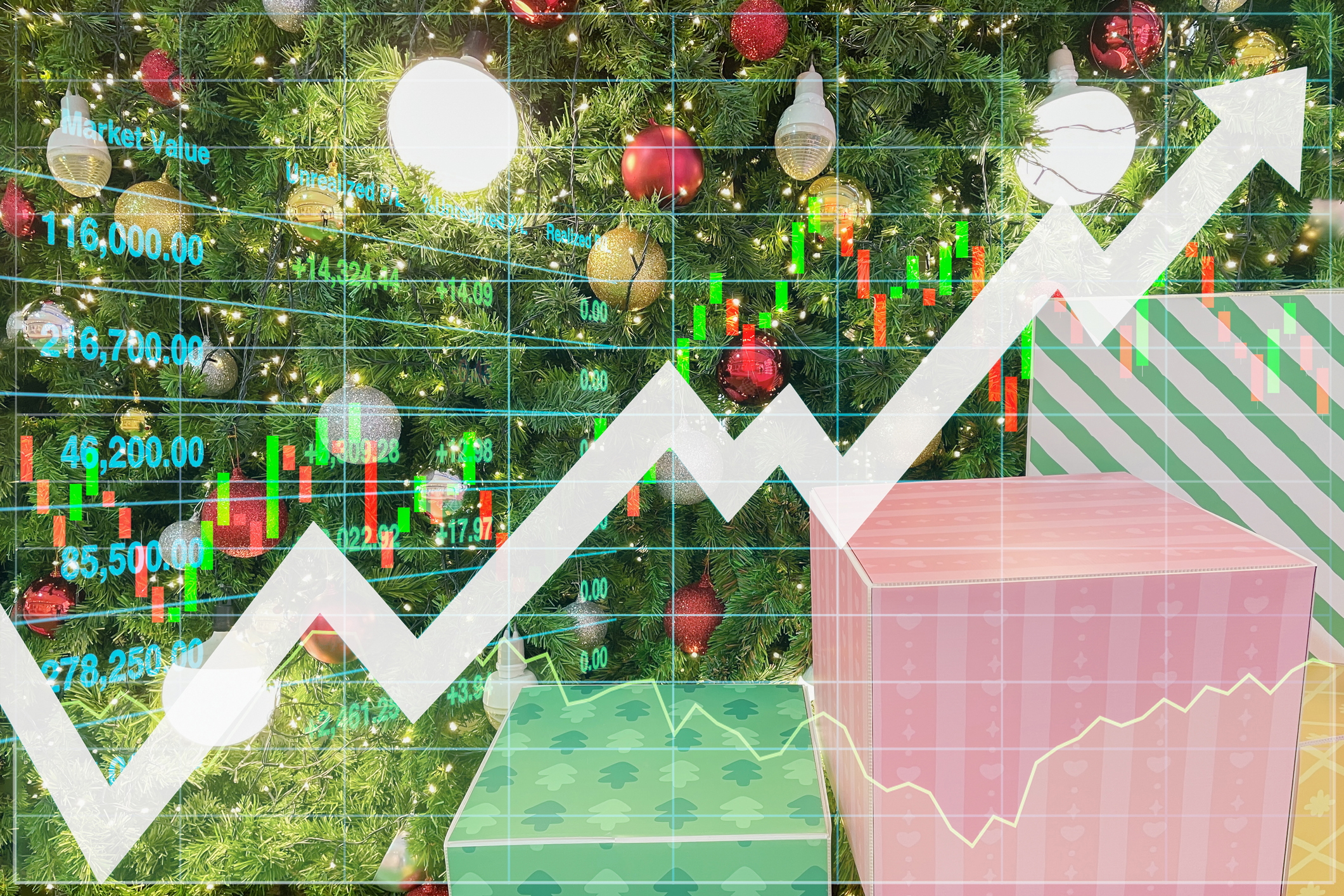 Stocks Rise to the Spirit of the Season: Stock Market Today
Stocks Rise to the Spirit of the Season: Stock Market TodayInvestors, traders and speculators are beginning to like the looks of a potential year-end rally.
-
 Nasdaq Leads as Tech Stages Late-Week Comeback: Stock Market Today
Nasdaq Leads as Tech Stages Late-Week Comeback: Stock Market TodayOracle stock boosted the tech sector on Friday after the company became co-owner of TikTok's U.S. operations.
-
 Cooler Inflation Supports a Relief Rally: Stock Market Today
Cooler Inflation Supports a Relief Rally: Stock Market TodayInvestors, traders and speculators welcome much-better-than-hoped-for core CPI data on top of optimism-renewing AI earnings.
-
 Nasdaq Sinks 418 Points as Tech Chills: Stock Market Today
Nasdaq Sinks 418 Points as Tech Chills: Stock Market TodayInvestors, traders and speculators are growing cooler to the AI revolution as winter approaches.
-
 Stocks Chop as the Unemployment Rate Jumps: Stock Market Today
Stocks Chop as the Unemployment Rate Jumps: Stock Market TodayNovember job growth was stronger than expected, but sharp losses in October and a rising unemployment rate are worrying market participants.
-
 Stocks Struggle Ahead of November Jobs Report: Stock Market Today
Stocks Struggle Ahead of November Jobs Report: Stock Market TodayOracle and Broadcom continued to fall, while market participants looked ahead to Tuesday's jobs report.
-
 AI Stocks Lead Nasdaq's 398-Point Nosedive: Stock Market Today
AI Stocks Lead Nasdaq's 398-Point Nosedive: Stock Market TodayThe major stock market indexes do not yet reflect the bullish tendencies of sector rotation and broadening participation.

